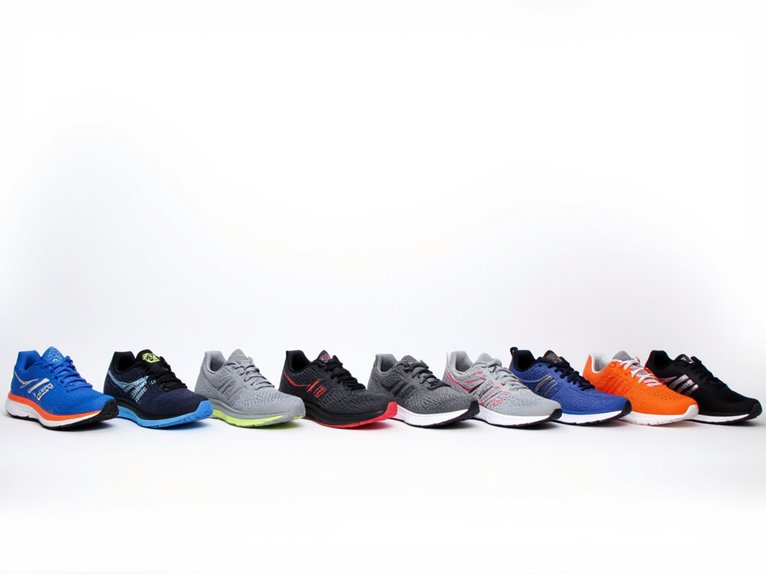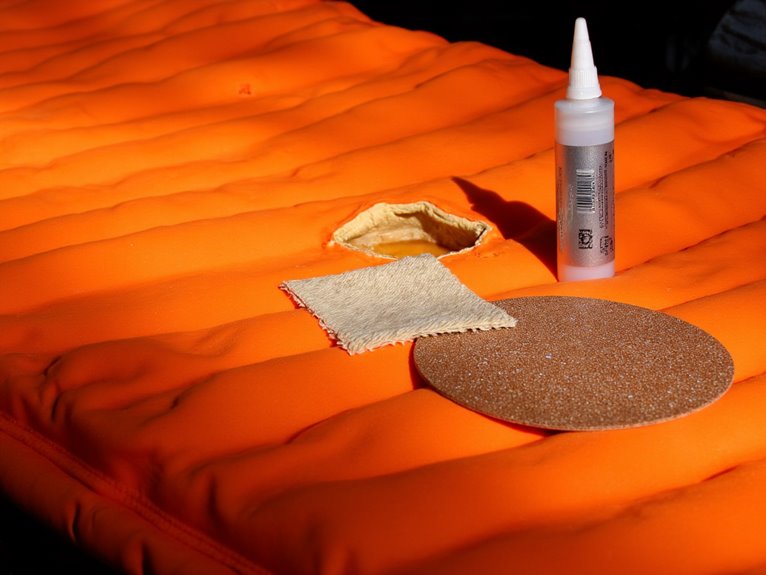How Long Does Nikwax Last?
The lifespan of Nikwax, a popular waterproofing treatment, varies greatly depending on several key factors. These include the type of fabric being treated, the level of usage and wear, the quality of the initial application, and the level of maintenance and storage habits. By understanding these factors, users can maximize Nikwax's water-repellent properties and extend its lifespan. Synthetic fabrics, proper application, and regular maintenance can help Nikwax last longer, while natural fibers, heavy use, and poor storage can reduce its effectiveness. To get the most out of Nikwax, it's essential to bear in mind these factors and learn how to optimize its performance.
We are supported by our audience. When you purchase through links on our site, we may earn an affiliate commission, at no extra cost for you. Learn more. Last update on 15th January 2026 / Images from Amazon Product Advertising API.
Factors Affecting Nikwax Longevity
Several factors, including the type of fabric being treated, the intensity of use, and the level of maintenance, can substantially impact the longevity of Nikwax.
The type of fabric being treated is a significant factor, as Nikwax may last longer on synthetic fabrics than on natural fibers.
Intensity of use is another key factor, as frequent washing and wear can reduce the effectiveness of Nikwax.
Additionally, the level of maintenance plays a vital role, as regular cleaning and reapplication can extend the lifespan of Nikwax.
Understanding these factors is essential to maximizing the longevity of Nikwax and ensuring peak performance.
Quality of Initial Application
The quality of the initial Nikwax application has a profound impact on its subsequent performance, as a thorough and even coating lays the foundation for peak water-repellent capabilities.
A well-executed initial application guarantees that the Nikwax penetrates the fabric evenly, resulting in a durable and long-lasting water-repellent treatment.
Conversely, a poorly applied initial coating can lead to uneven distribution, compromising the performance of the Nikwax.
Factors such as correct dosage, thorough saturation, and even drying are vital in achieving a high-quality initial application.
Type of Fabric Treated
Fabric type plays a critical role in determining the efficacy of Nikwax, as certain materials respond more favorably to the water-repellent treatment than others.
For instance, Nikwax tends to perform exceptionally well on breathable, synthetic fabrics such as nylon, polyester, and PU-coated materials.
These fabrics allow the treatment to penetrate deeply, resulting in a more effective water-repellent barrier.
In contrast, natural fibers like cotton and wool may not respond as well, as they can be more prone to absorbing water, reducing the treatment's effectiveness.
Level of Usage and Wear
Nikwax's performance is also substantially influenced by the level of usage and wear, as frequent exposure to the elements and repeated washing can gradually compromise the treatment's water-repellent properties.
Clothing and gear subjected to heavy use, such as hiking boots or outdoor gear, will naturally require more frequent reapplication of Nikwax.
Conversely, items used less frequently, like stored camping equipment, may retain their water-repellent properties for longer.
It's essential to assess the level of wear and tear on your gear to determine the most suitable reapplication schedule for Nikwax.
Storage and Maintenance Habits
Proper storage and maintenance habits are vital to extending the lifespan of Nikwax-treated gear.
By adopting good habits, outdoor enthusiasts can prevent damage, retain water-repellent performance, and keep their gear in top-notch condition.
Effective storage and maintenance practices include clean and dry storage, proper container selection, and regular inspections to identify potential issues before they become major problems.
Clean and Dry Storage
Effective storage of Nikwax-treated garments requires a clean and dry environment to maintain their water-repellent properties and overall performance.
Avoid storing garments in humid or damp areas, as this can cause Nikwax to break down prematurely.
Additionally, verify the storage space is free from direct sunlight, as UV rays can also degrade the treatment.
Keep the storage area well-ventilated to prevent moisture buildup.
It's also essential to keep the garments away from strong-smelling substances, as Nikwax can absorb odors easily.
Proper Container Selection
When selecting a storage container for your Nikwax-treated garments, choose a breathable, moisture-resistant option that allows for airflow and prevents the buildup of moisture.
This is vital to maintain the water-repellent properties of the treatment.
Containers with ventilation or mesh panels are ideal, as they promote airflow and reduce humidity.
Avoid using plastic bins or airtight containers, as they can trap moisture and compromise the Nikwax treatment.
Additionally, consider storing your garments in a well-ventilated area, away from direct sunlight and heat sources.
Regular Inspection Needed
Regular inspections of your Nikwax-treated garments during storage can help identify any potential issues before they compromise the treatment's effectiveness.
These checks can detect signs of wear, damage, or contamination that may affect the Nikwax treatment's performance.
When inspecting your garments, look for any visible stains, dirt, or debris that may have accumulated during storage.
Check for tears, holes, or worn areas that could compromise the treatment's water-repellent properties.
Additionally, inspect the storage container for any moisture or humidity buildup that could affect the Nikwax treatment.
Exposure to Water and Sun
Water and sunlight are two of the most significant factors that can compromise the performance and longevity of Nikwax-treated fabrics, and understanding their impact is vital for peak results.
Prolonged exposure to water can cause Nikwax to degrade, reducing its water-repellent properties. In the same way, direct sunlight can cause the treatment to break down, leading to a decrease in its effectiveness.
To minimize the impact of these factors, storing Nikwax-treated gear in a dry, shaded area when not in use is imperative. Regularly inspecting and reapplying Nikwax as needed can also help maintain its performance.
Effectiveness Against Various Elements
Nikwax-treated fabrics have consistently demonstrated exceptional performance against a range of elements, from rain and snow to mud and UV light.
The water-repellent properties of Nikwax enable fabrics to withstand heavy rainfall and snowfall, while its mud-repelling properties prevent dirt and grime from penetrating the fabric.
Additionally, Nikwax provides excellent UV protection, preventing fabric degradation and fading.
In harsh weather conditions, Nikwax-treated fabrics have been shown to maintain their water-repellent properties, even after repeated exposure to rain and snow.
This durability guarantees that Nikwax-treated fabrics continue to perform at their best, providing reliable protection against the elements.
Reapplication and Touch-Ups Needed
While Nikwax-treated fabrics are renowned for their durability, they do require periodic reapplication and touch-ups to maintain their performance over time.
As the treatment wears off, the fabric's water-repellent properties may begin to degrade, allowing water to penetrate the material.
To prevent this, it's essential to reapply Nikwax as needed, typically after every 4-6 washes or when the fabric starts to show signs of wear.
Regular touch-ups can help maintain the fabric's water-repellent properties, ensuring it continues to perform as intended.
Average Lifespan of Nikwax
Under normal use, the average lifespan of Nikwax can range from several months to a few years, depending on factors such as fabric type, usage, and maintenance.
On average, Nikwax can last for around 6-12 months on clothing and gear that are used regularly.
However, with proper care and maintenance, it is not uncommon for Nikwax to last up to 2-3 years or more.
Factors that can affect the lifespan of Nikwax include the type of fabric being treated, how often the item is used, and how well it is maintained.
Regular cleaning and reapplication can help extend the lifespan of Nikwax, ensuring your gear remains protected and water-repellent for a longer period.



